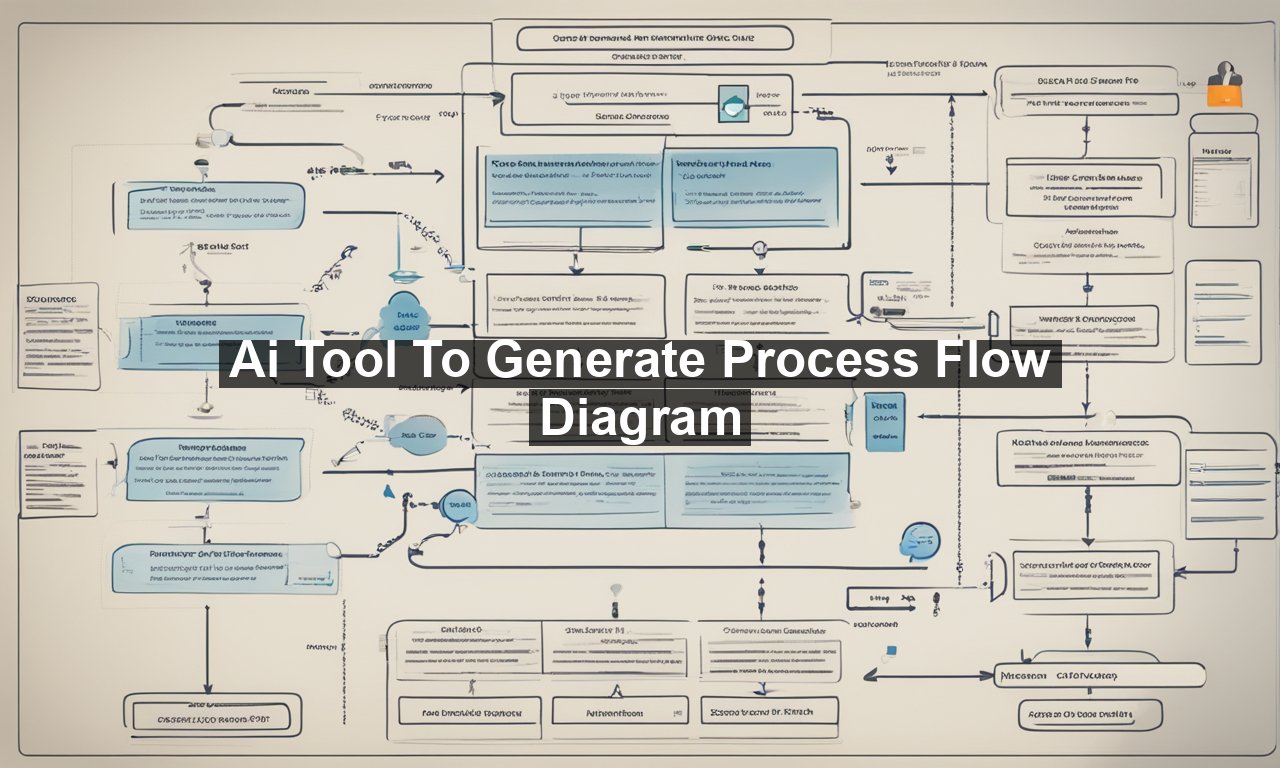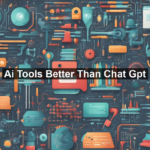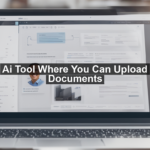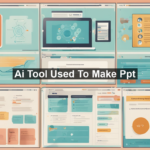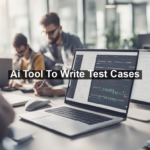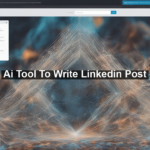Imagine effortlessly creating intricate process flow diagrams with the click of a button. Just like that, the once tedious task of detailing workflows and processes transforms into a delightful exercise in creativity and efficiency. Enter AI tools designed precisely for this purpose. These innovative technologies are reshaping how we approach complex workflows, offering simplicity and precision that engage and excite both novices and experts alike.
The Role of AI in Process Flow Diagram Creation
Gone are the days when crafting a process flow diagram (PFD) required hours of meticulous work using traditional software. Thanks to the advancements in artificial intelligence, generating these diagrams has become not only quicker but also more accurate. AI-powered tools analyze the needs of your project and automatically generate a tailored workflow that captures every nuance of the process involved.
For businesses, this means saving valuable time and resources while minimizing human error. It allows teams to focus on enhancing productivity, ultimately fostering an environment of creativity and innovation.
Why Are Process Flow Diagrams Important?
Before diving deeper into how AI-assisted tools elevate the PFD creation process, it’s essential to understand why these diagrams are a big deal in the first place. Process flow diagrams are visual representations that help streamline systems and workflows. They provide:
- A clear and concise visualization of complex processes.
- Improved communication among team members.
- Enhanced ability to identify potential bottlenecks and improve processes.
This visual clarity can mean the difference between an efficient team and a chaotic one, making PFDs invaluable assets in both project management and process improvement.
How AI Tools Simplify the Creation of Process Flow Diagrams
1. Intelligent Recommendations and Automation
One of the most groundbreaking features of AI tools in generating PFDs is their ability to offer intelligent recommendations. These tools learn from past data and workflows, providing suggestions that can make existing processes more efficient. By automating repetitive tasks and predicting the best practices for different scenarios, AI tools minimize the need for human intervention, thus reducing the likelihood of errors.
2. Real-Time Collaboration and Customization
Modern AI tools facilitate real-time collaboration among team members across various locations. This functionality is crucial in today’s increasingly remote and hybrid work environments. The capability to customize diagrams on-the-fly allows for dynamic adjustments and instant feedback, keeping all stakeholders on the same page.
For an example of how AI is influencing collaborative tools, check out this article on the impact of AI on workplace collaboration. It offers insights into the digital transformation that many organizations are experiencing.
3. Data Integration and Insights
AI-driven PFD tools do more than just create diagrams—they act as a hub for data analysis. By integrating seamlessly with other software and databases, these tools provide valuable insights that inform decision-making and foster continuous improvement in processes. The extracted data can reveal patterns and trends, giving your team a competitive edge.
The Future of AI in Process Workflows
With advancements in AI becoming increasingly prevalent, the future of process workflows looks promising. According to Forbes, AI and machine learning are poised to drive unprecedented levels of business automation, streamlining processes across various industries. As AI tools continue to develop, we can expect even more innovative features tailored to specific industry needs, further simplifying the task of creating detailed and accurate process flow diagrams.
Preparing for What’s Ahead
To stay ahead of the curve, it’s essential for businesses to integrate AI technologies into their workflow processes actively. This involves investing in the right tools and training teams to harness the full potential of AI. Furthermore, staying informed about emerging trends and advancements in AI technology will prove beneficial. The era of digital transformation shows no signs of slowing down, and embracing these changes will be crucial for maintaining a competitive edge.
More information on AI-driven innovation in business processes can be found at Harvard Business Review, which offers a detailed overview of how organizations can leverage these technologies for growth and success.
Conclusion
The remarkable capabilities of AI tools in generating process flow diagrams are revolutionizing how businesses manage and streamline processes. By automating complex tasks and integrating intelligent data analysis, these tools are not only optimizing efficiency but also fostering a culture of continuous improvement and innovation. Whether you’re a large enterprise or a growing startup, embracing AI in your workflow processes will unlock new possibilities and unearth potential for future scalability and success.
